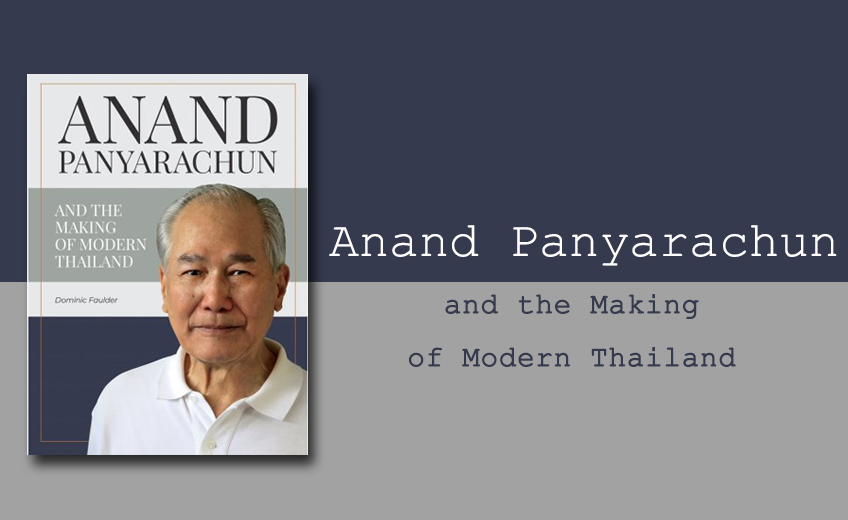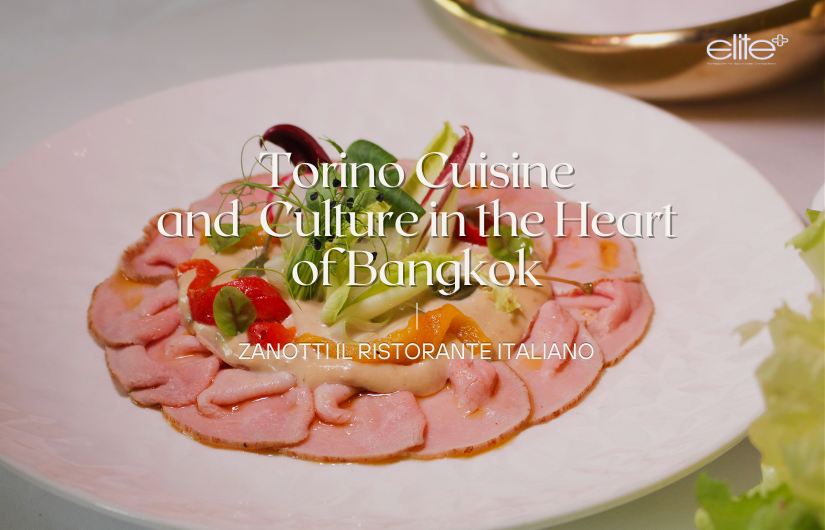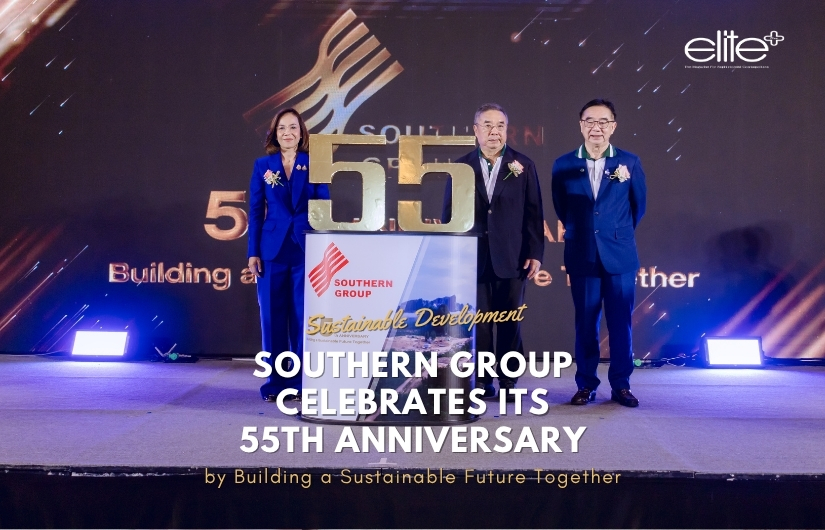When Anand Panyarachun was named prime minister of Thailand following the coup d’etat of 1991, most of the foreign press knew little about the man and felt some scepticism as Dominic Faulder, the author of Anand Panyarachun and the Making of Modern Thailand, recalled. He went on to say that Paul Wedel, a former correspondent and UPI Thailand correspondent, disagreed as he had written about the man, saying Anand would be good as he was an astute diplomat and statesman.
Anand, now 86, had in 1967, at the young age of 36, been named Ambassador and Acting Permanent Representative of Thailand to the United Nations and concurrently Ambassador to Canada. He remained in these posts until 1972, when he became Thailand’s ambassador to the United States while continuing in his role at the United Nations into 1975. Then, a year after returning from his overseas postings to become Permanent Secretary at the Foreign Ministry in 1976, his stellar career came to an abrupt halt when the democratically elected government of MR Seri Pramoj was removed in a bloody coup d’etat led by Gen Kriangsek Chomanand. Anand was then suspended from his post and subjected to a lengthy investigation as a communist sympathiser. It took until January 1977 for Anand to be exonerated after which he became Thailand’s Ambassador to West Germany. Not long after, he resigned from the Foreign Ministry and entered the private sector as a vice chairman for Saha Union Public Co, Ltd, a major Thai conglomerate.
At the time of Anand’s appointment as prime minister, most of these facts were known, but not much else. Of course, once Anand served as the head of government twice, he did come much more under the limelight. Still, it took six years to complete this book, but as Dominic explained it wasn’t full time as he was also working as a journalist and serving as president of the Foreign Correspondents Club of Thailand (FCCT) for part of this period. Dominic had over 60 meetings with Anand and interviews with as many as 100 friends, associates, family members, politicians, entrepreneurs and academics to craft this authorized autobiography, which provides a very astute, in-depth insight into the man, Anand, and how his life has interwoven with and influenced the making of modern Thailand.
The text is a long 491 pages and anything but light reading. However, for those of us who have lived through many of these events, it triggers memories as it clarifies and clears up misunderstood and misinterpreted incidents, and for those who want a good history of Thailand beginning just before the revolution of 1932, when Thailand, still known as Siam, became a constitutional monarchy, it should be put on their reading list.












































































































































































































































































































































































































































































































































































































































































































































































































































































































